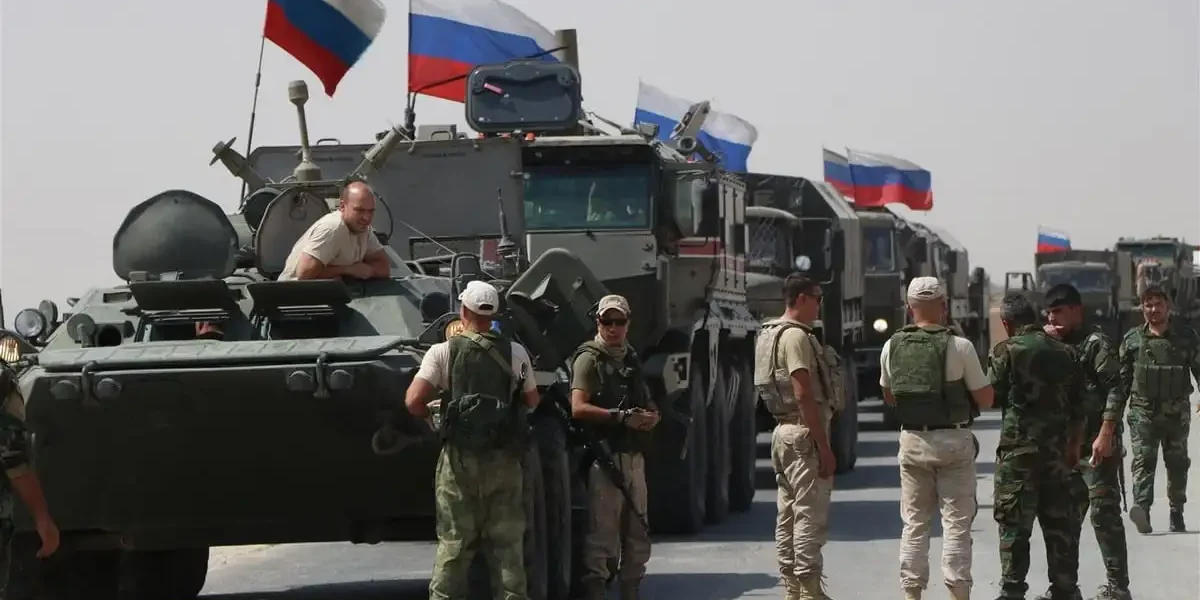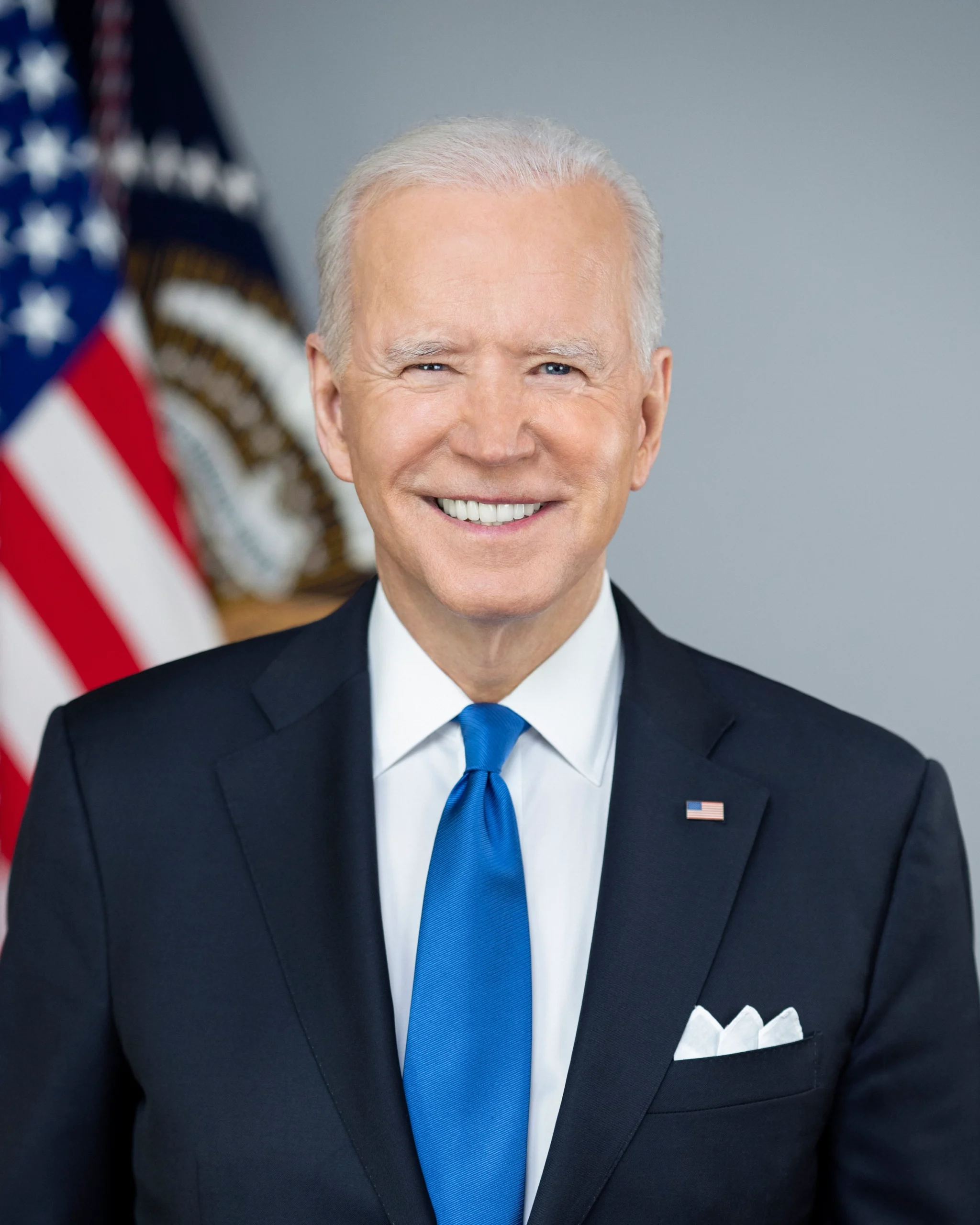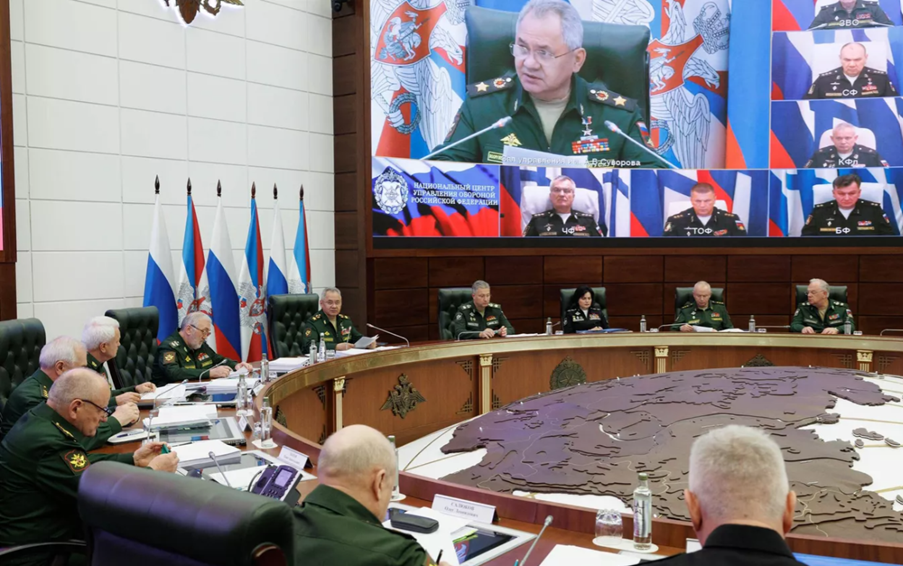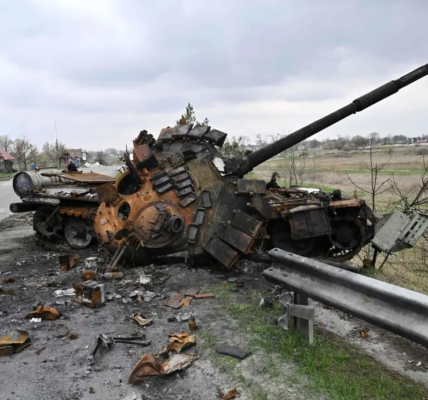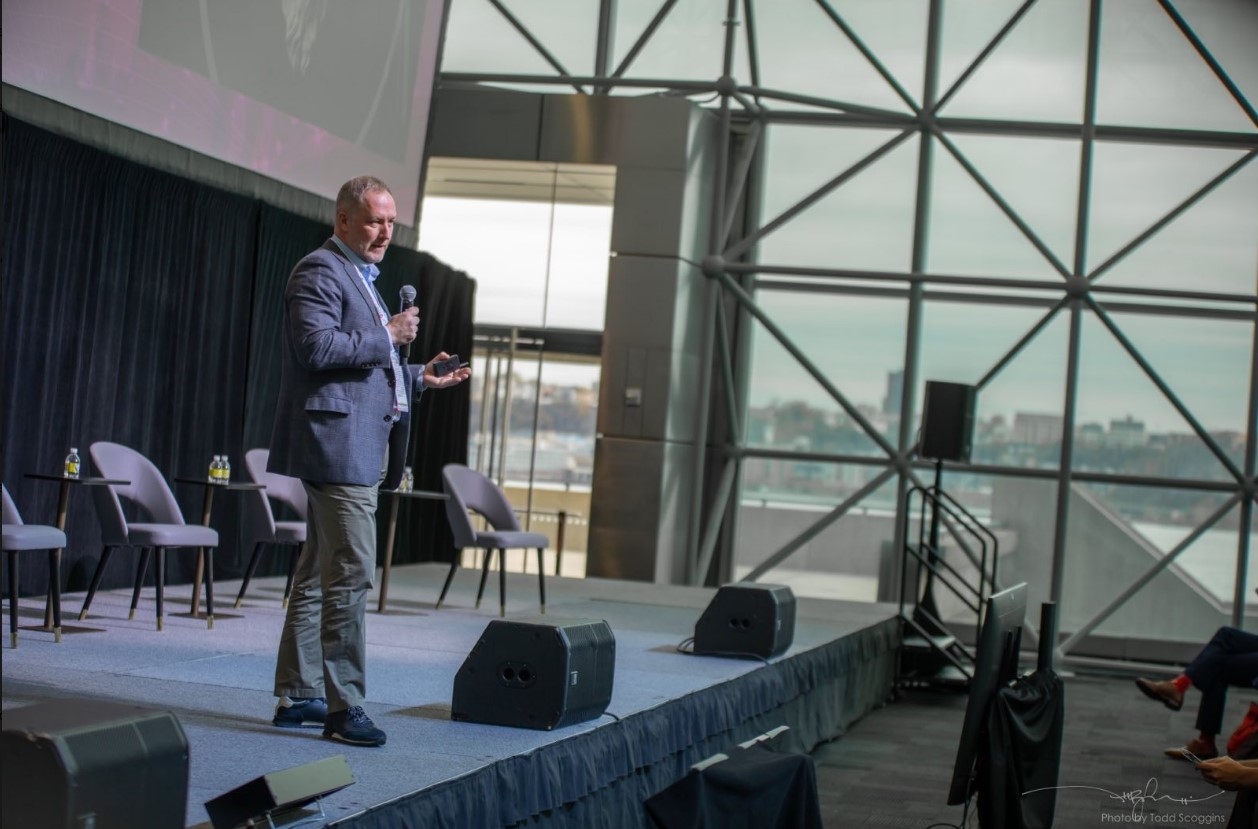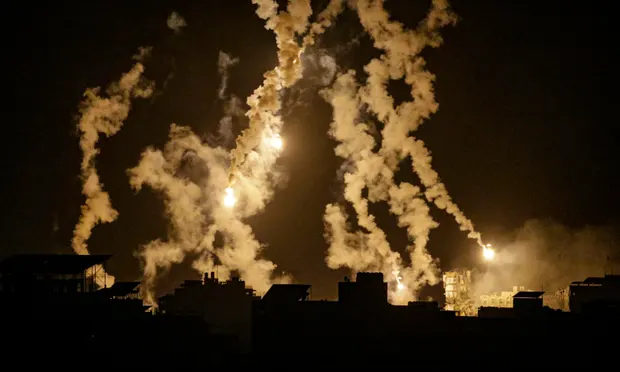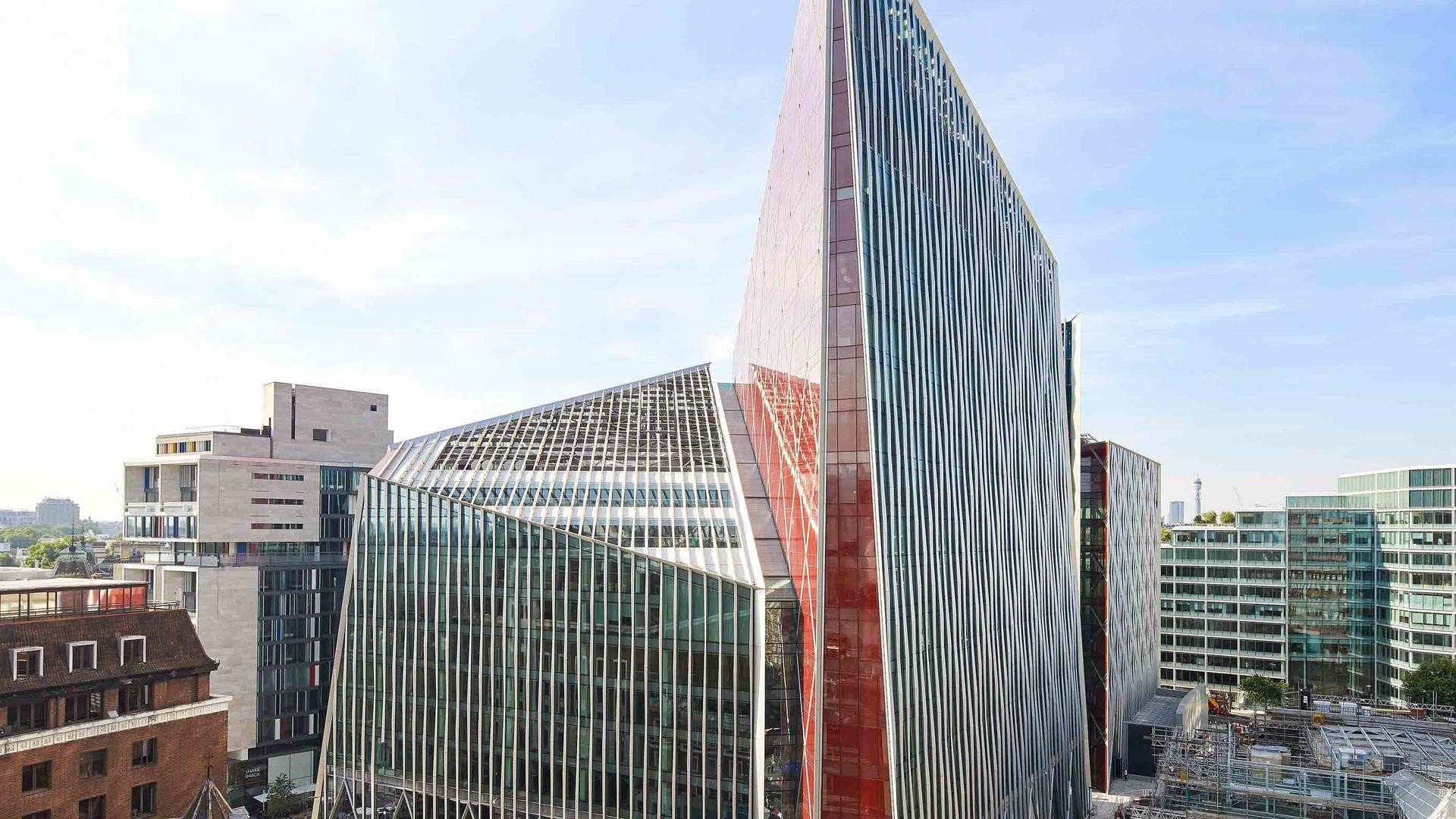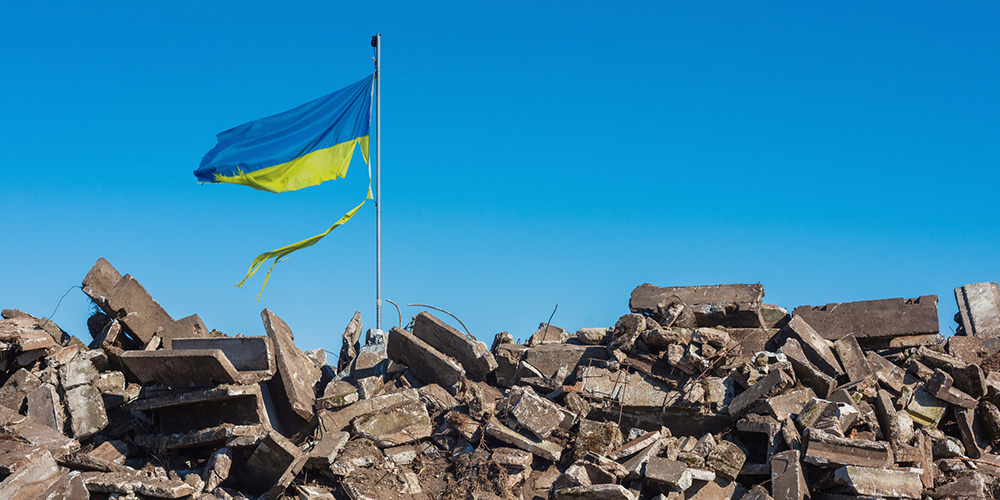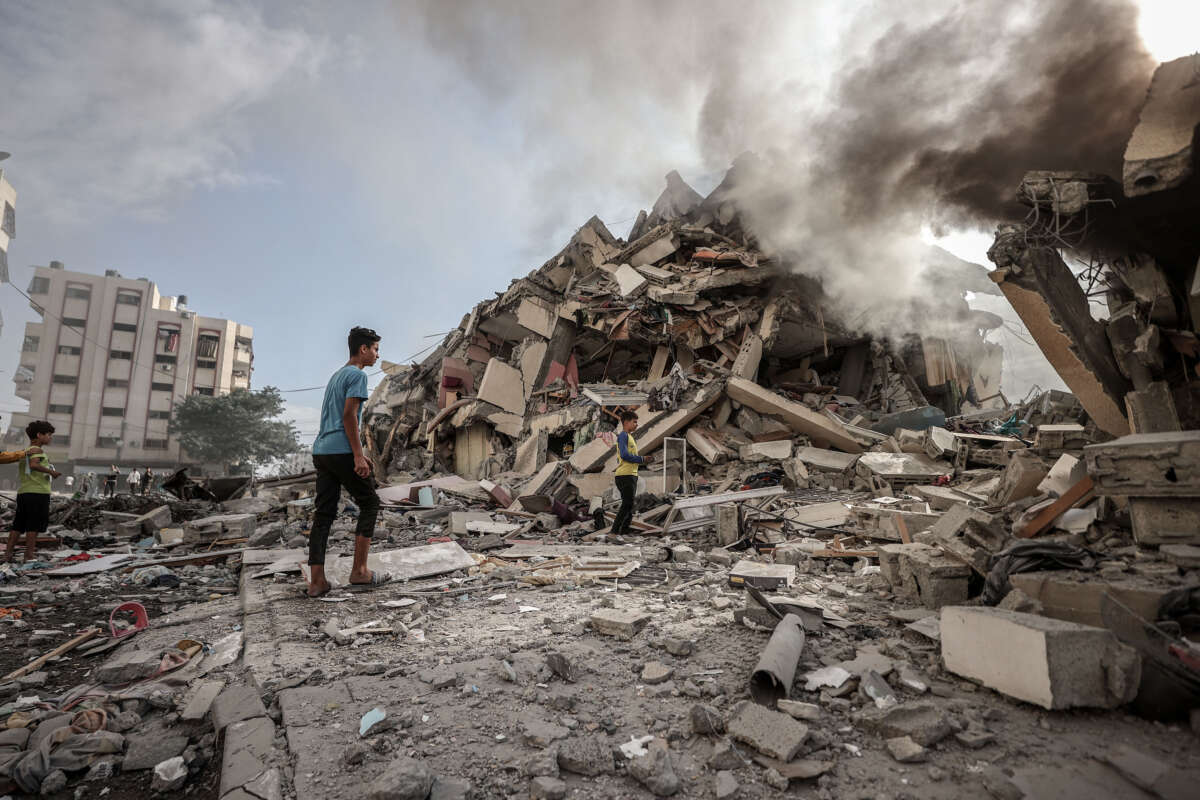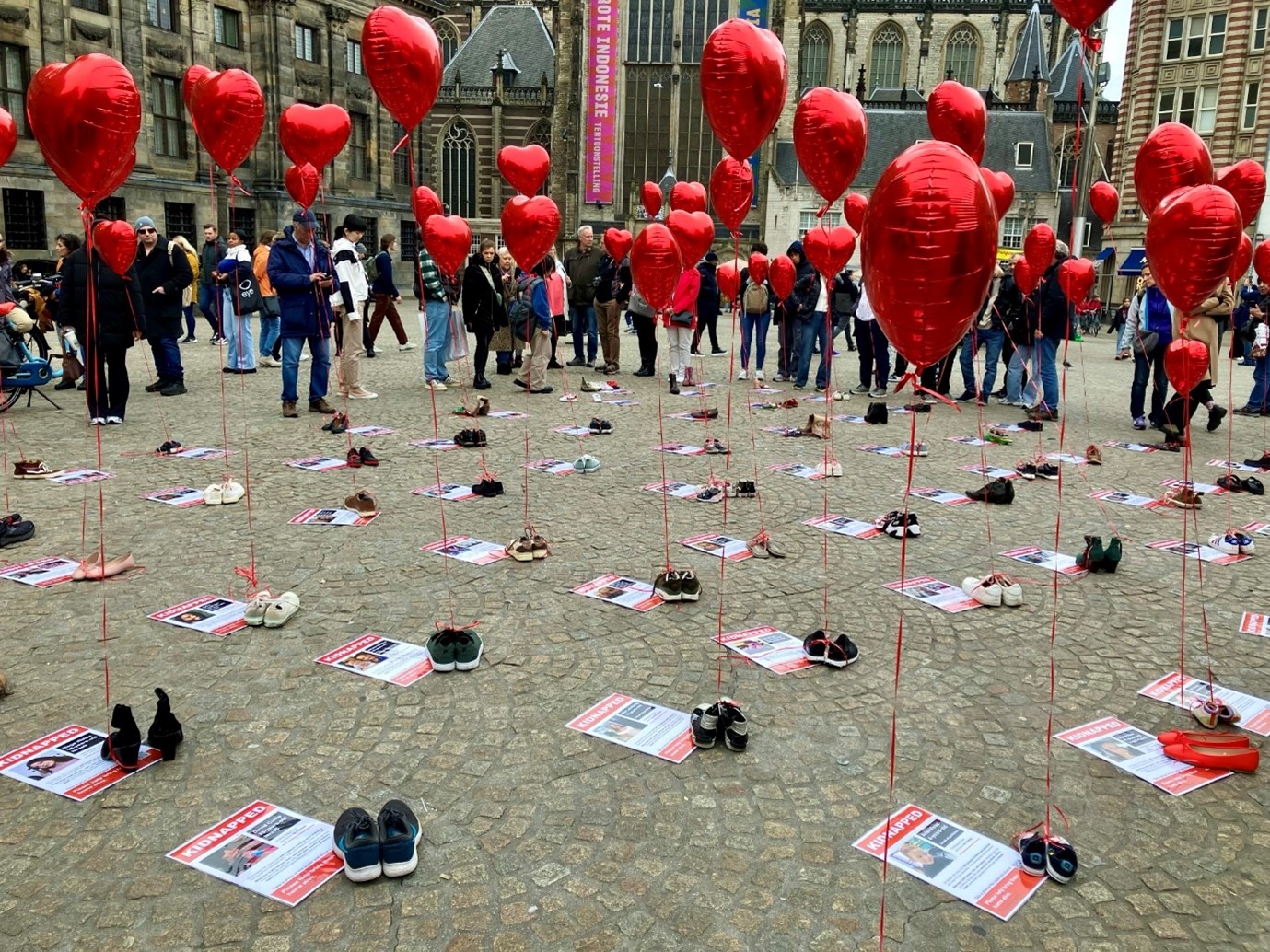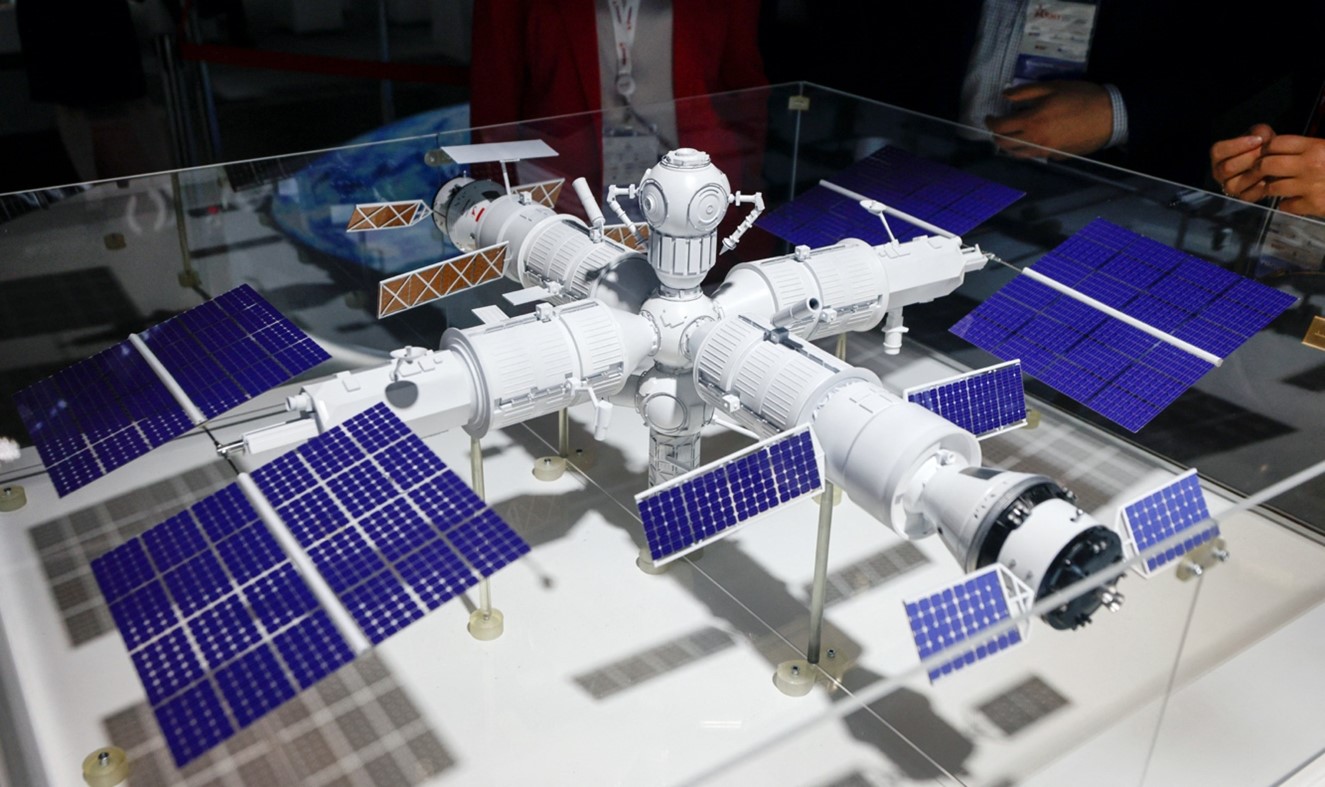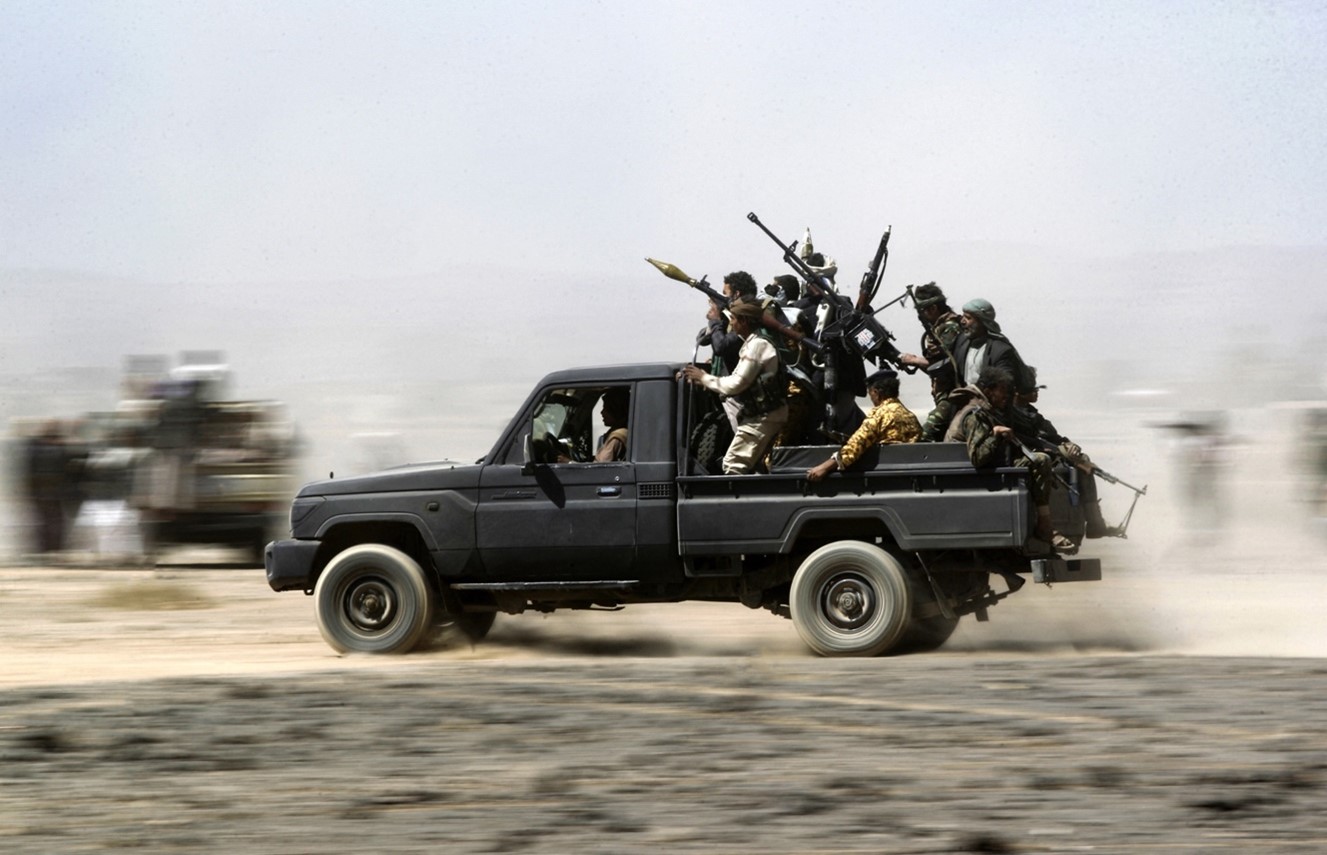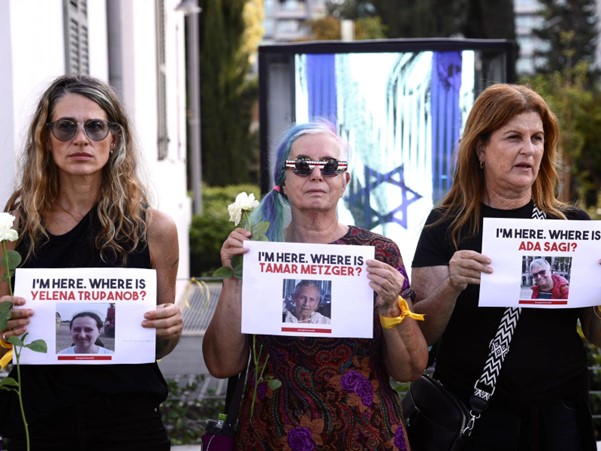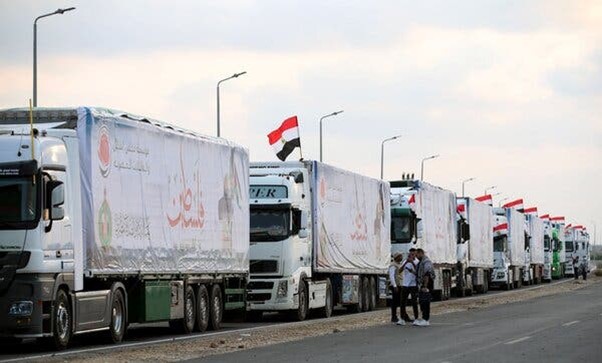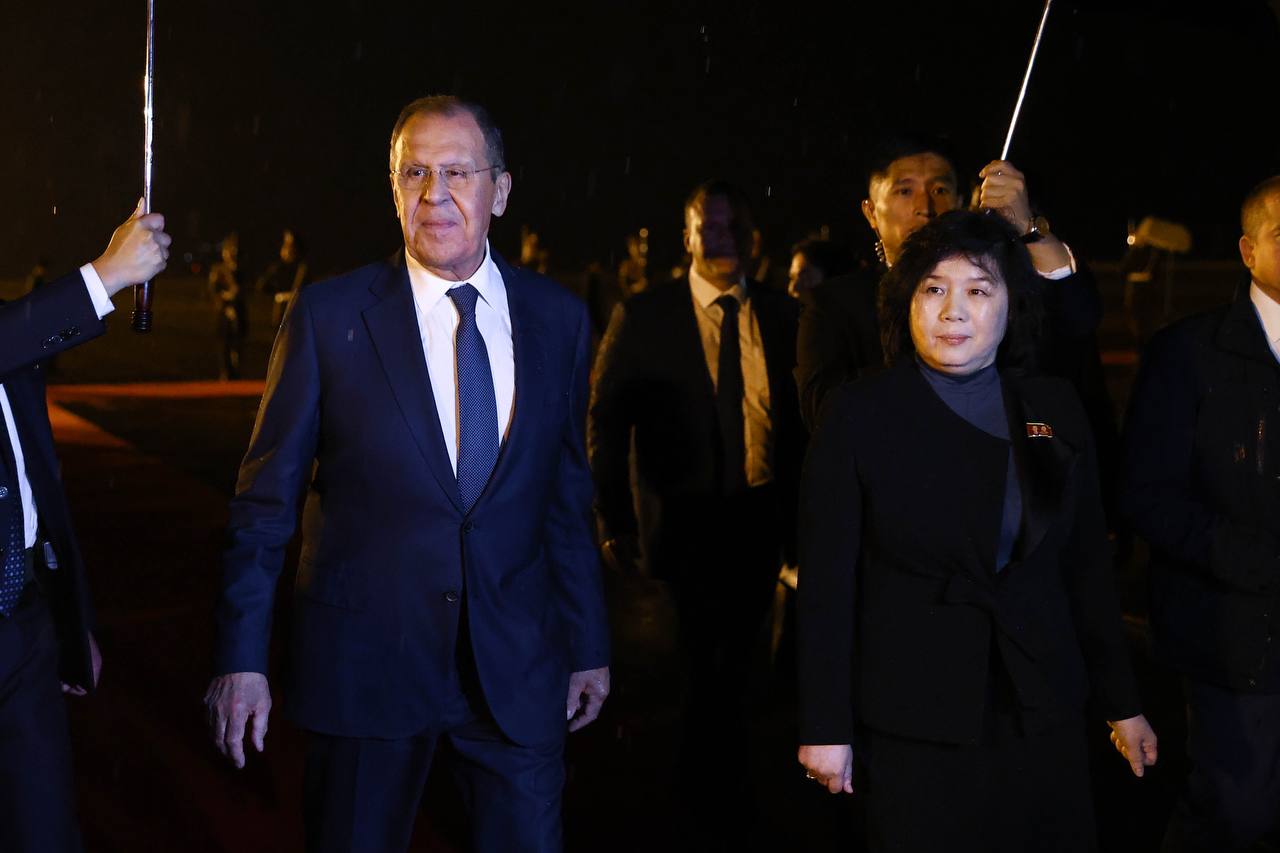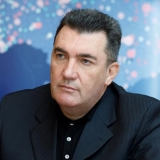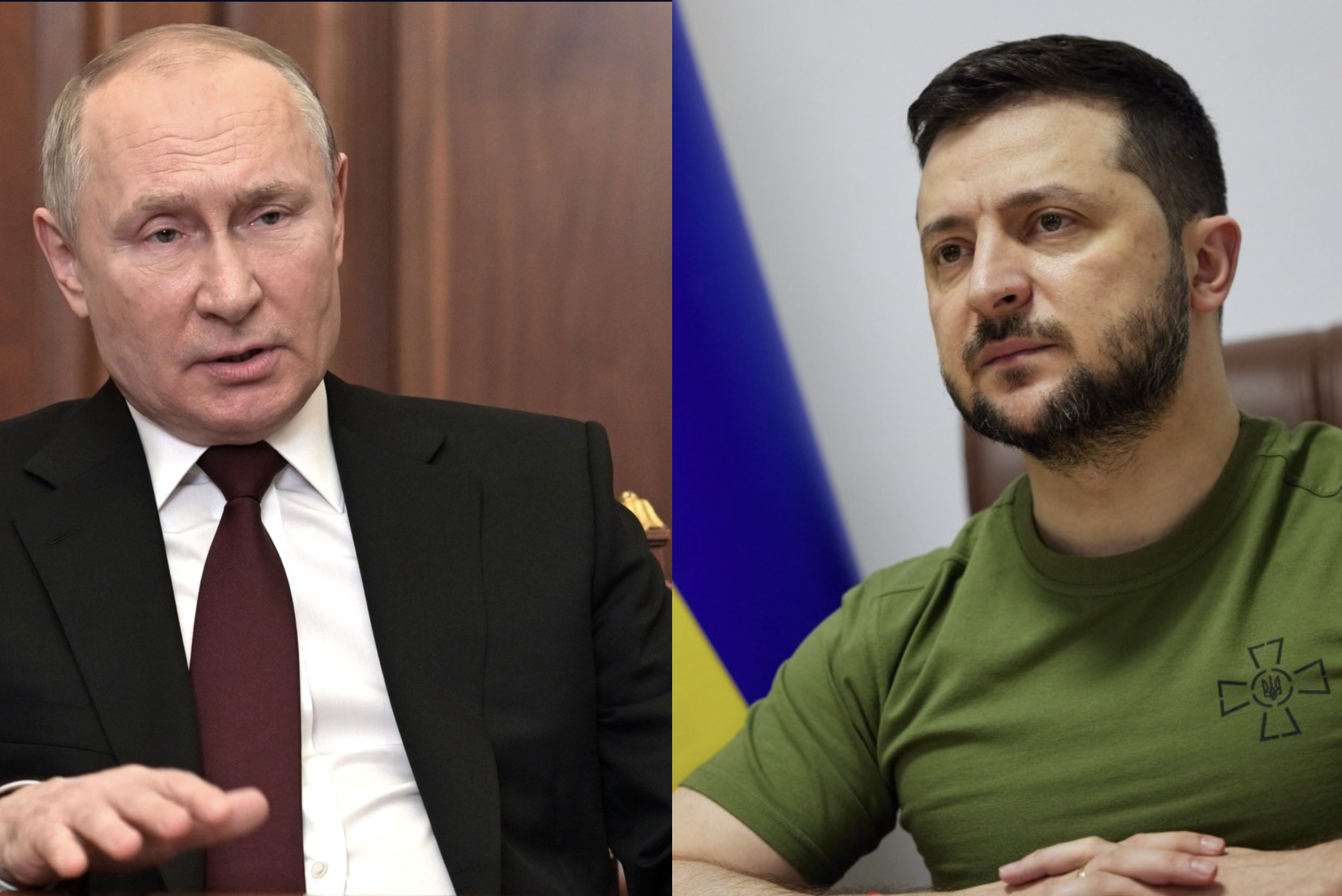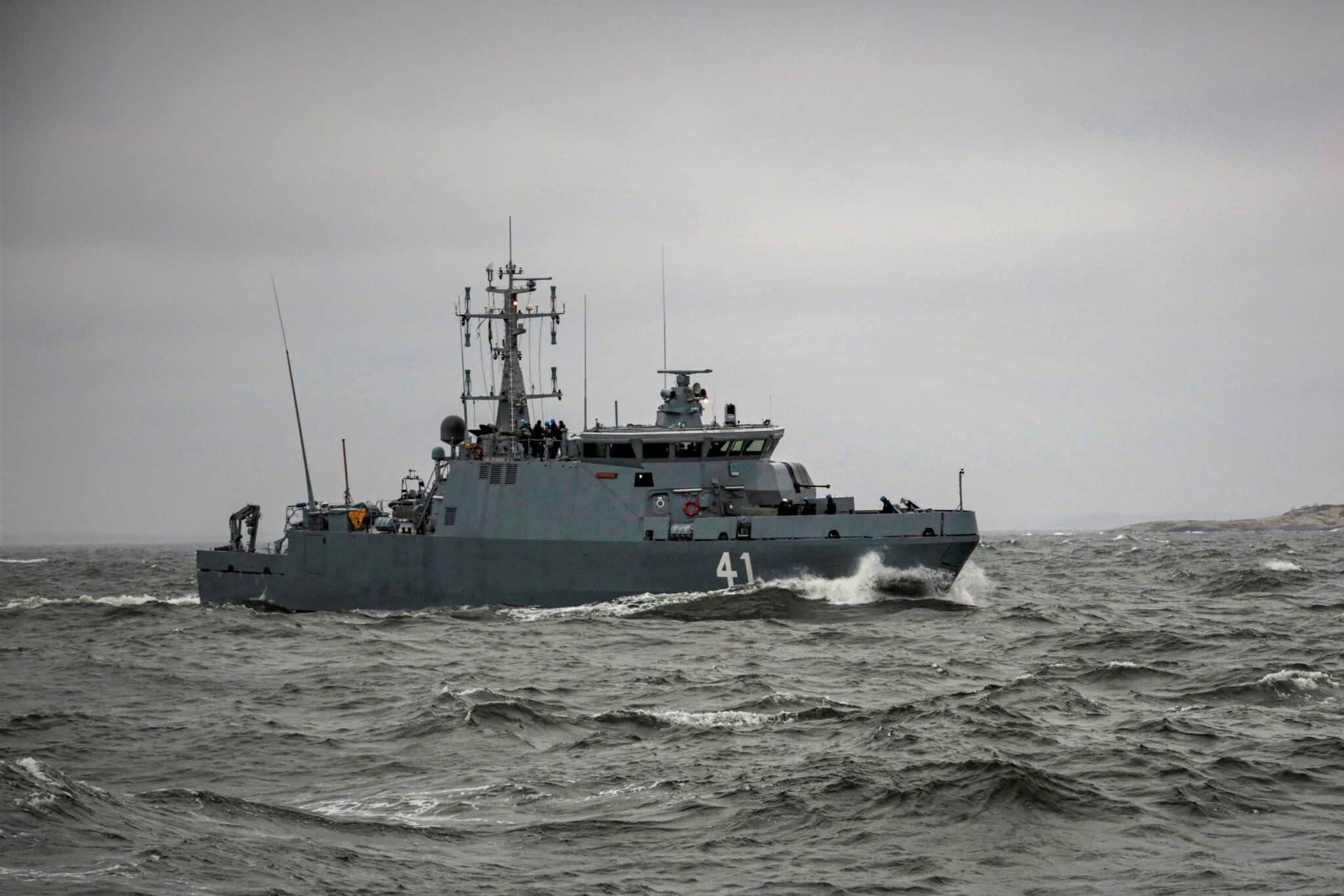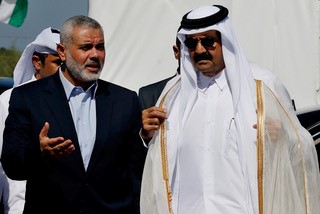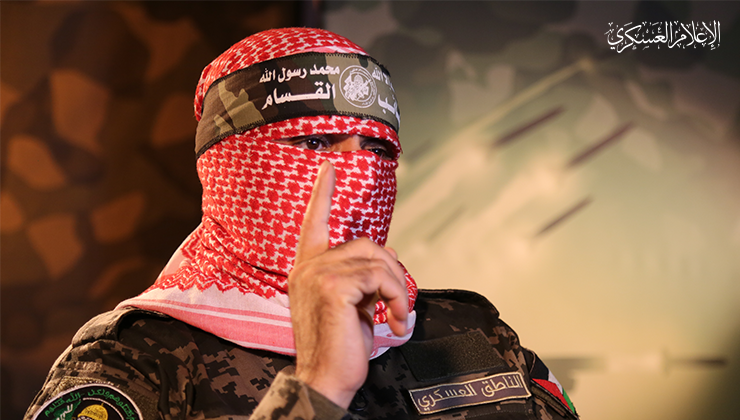Satellite images obtained by National Security News have revealed that Russia is landing military aircraft in Libya and that the Kremlin is expanding its footprint across Africa.
Images of Libyan air bases reveal Russian military transport planes, upgraded runways, improved perimeter defences, and entirely new buildings. All the changes occurred over a 12-month period between 2023 and 2024, according to an analysis by The Telegraph.
The upgrades suggest that Russia is significantly ramping up its military presence in Libya, thanks to a growing partnership with Libyan warlord General Khalifa Haftar, who controls the eastern and southern parts of the country.
Libya serves as the core of Russia’s fast-expanding operations in Africa, paving the way for greater access to countries including Sudan, Mali, Chad, and the Central African Republic.
Experts say military control in Libya also allows Russia to draw an arc of power from the eastern Mediterranean—where it already controls coastal positions in Syria—down to the southern Mediterranean via Libya.
In December 2024, Yunus-Bek Yevkurov, Russia’s deputy defence minister, visited Libya to meet with Gen Haftar in his sixth visit since August 2023, underscoring deepening relations.


“Russia has been using Libya as a strategic foothold to project power across the rest of the African continent,” said Charles Cater, the director of investigations at The Sentry, a Washington DC-based nonprofit that focuses on corruption.
Details in the satellite images have been corroborated by The Sentry, which draws on its local investigations and interviews with insiders and eyewitnesses, according to The Telegraph.
“By capitalising on fractured governance and rampant corruption as well as the apparent complacency of regional and international powers, Moscow has increasingly entrenched itself militarily and economically within Libya,” Mr Cater said.
Russian forces began to revamp facilities at Brak al-Shatti military base in central Libya at the start of 2024. Upgrades meant that by April, Russian military aircraft were able to land at Brak on an airstrip that had gone unused for years.
In April, Russian forces managed four maritime deliveries through the port of Tobruk in north-eastern Libya, close to the border with Egypt. Equipment that arrived – military vehicles and ammunition – later ended up at Russian-controlled bases in Libya, including at Brak, according to experts at The Sentry.
Russian military planes continue to land at and depart from Brak, indicating supply deliveries are ongoing.
As recently as early November, an Ilyushin-76 was also captured via satellite images at the al-Jufra air base, situated in central Libya, roughly 200 miles north of the Brak facility, as shown in images supplied to National Security News by Maxar Technologies.
Military cargo planes routinely land at al-Jufra, as well as MiG-29 fighter jets and Su-24 bombers – Russian combat aircraft that help Gen Haftar keep control over his territory.


Tarek Megerisi, a senior fellow who specialises in Libya at the European Council on Foreign Relations, estimated that thousands of tonnes of weapons had been delivered over the past year.
Further north to the al-Jufra facility is the al-Qardabiyah air base, near Libya’s Mediterranean coast. Al-Qardabiyah has undergone the most extensive renovations over the last year.
Russian forces have fortified the base, adding new installations, revamping runways and bolstering perimeter defences. Several new buildings have been constructed, visible in satellite images from November, compared to a year ago. More vehicles are also now present at the base.
The Russian military has become ubiquitous at al-Qardabiyah, where it also trains Gen Haftar’s forces. They’ve become so rooted that experts at The Sentry say the general’s brigades must seek permission to access the Russian-controlled bases on Libyan soil.
Russian troop numbers had dwindled significantly from their 3,000-strong peak in 2020 partly due to the Ukraine war, but are starting to return to those levels. Some expert estimates now put the total figure at around 2,000 personnel.


An increased footprint in Libya gives Moscow the ability to impact political, security and economic stability along Nato’s southern flank, whether that means flexing military muscle or disrupting energy markets by manipulating Libya’s role as a major exporter of crude oil.
“With money and presence and military troops comes also political standing,” said Chiara Lovotti, a research fellow who focuses on Russia’s foreign policy in the Middle East and North Africa at the Italian Institute for International Political Studies.
“It’s all a way for Moscow, for the Kremlin, to make money,” she said. Taken together, Russia’s growing power “poses a threat to Europe’s presence – Nato’s presence”.
Continuing to have access to Libya is so important that Moscow has also made overtures to the country’s UN-recognised government, headed by Abdul Hamid Dbeibeh, the prime minister – an apparent move to hedge its bets with Gen Haftar.
The general, who is thought to have received military training in the former Soviet Union, has allowed Russia access to extract natural resources by handing over control of strategic oilfields.
The partnership began as a “marriage of convenience”, said Ms Lovotti. “Haftar needed some international support back then when he came to power”, after the fall and death of former Libyan dictator Muammar Gaddafi in 2011.
“The Russians were there; they were looking for an entrance to the country, and Haftar gave them this opportunity.”

